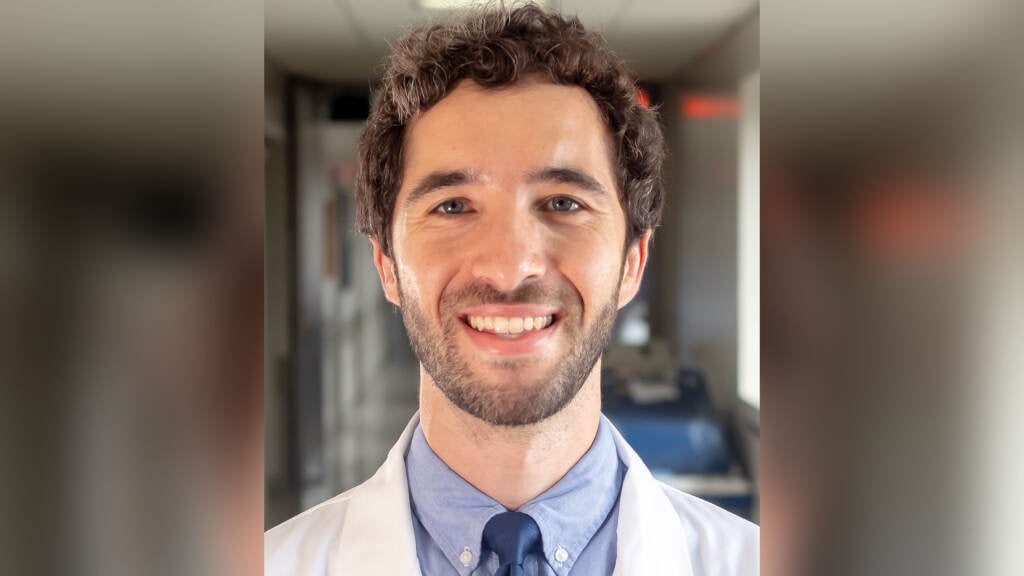How telehealth has increased access to care for Black patients

[ad_1]
Pulled for the study was data from five Penn Medicine hospitals in Philadelphia on post-hospitalization primary care follow-up appointments from 2019 through 2021. What Adusumalli and his team found was that telemedicine visits in general were associated with improved markers of access, including decreased time to follow-up for an appointment after hospital discharge, and increased completion of post-hospital follow-up discharge visits.
Overall, patients in the study population experienced boosts in access to care through the increased availability of telemedicine. Post-discharge primary care visit completion rates climbed from 62% to 72% from January to June 2020. But one of the most significant boosts was observed for Black patients, highlighting telemedicine’s potential for bridging long-standing health inequities.
According to Adusumalli, preexisting inequities for appointment completion rates between Black and white patients have long been observed. But data from this study shows that widespread access to telehealth increased Black patients’ visit completion rates to 70%, from 52%. For white patients, by contrast, there was little change, from 68% in January 2020 to 67% in June 2020.
Researchers hypothesize that one of the reasons telemedicine may be closing some of these racial health gaps is because it makes appointments more convenient and brings care closer to where a patient is. Physically traveling to a clinic, taking time off work — particularly when you’re recovering from a recent hospitalization — are just some of the many difficulties that present barriers for patients to follow-up care.
Dr. Eric Bressman is the study’s lead author, a fellow in the National Clinician Scholars Program, and an internist at Penn Medicine. He noted that for Black patients specifically, there are long-documented racial disparities in geographic access to clinics.
“There were greater barriers to geographic access to primary care for Black patients than for white patients,” Bressman said. “And when you start to think about the advantages that telemedicine confers, you can see how it might level the playing field in terms of access to care. For white patients, the attendance rate to postdischarge trial appointments remained just about the same [during a period of increased access to telehealth]. But for Black patients, it jumped 15 to 20 percentage points, which was kind of astounding.”

The boost the researchers documented effectively eliminated the historical racial gap in show rates to follow-up appointments. But Bressman and Adusumalli said many questions remain about the viability of telemedicine. One such concern has to do with the quality of care that is delivered through telehealth. Researchers say that there can be a range in the quality of various telemedicine tools — and that studying that can present challenges because of the self-reporting bias reflected in who chooses to opt into telemedicine.
“How does [telehealth] improve the recovery after hospital discharge? What does that mean for the likelihood that they’re going to be readmitted to the hospital within 30 days, and what does it mean for their overall recovery? All of those questions remain unanswered,” Bressman said.
Telehealth also presents challenges to the delivery of care. Access to the technology required to have a telehealth appointment is a huge issue. There are significant disparities in access to broadband internet, cellphones, and computers. In addition, the physical markers of poor health doctors can observe during in-person visits become a lot more challenging to see during remote appointments.
“From a visual perspective, there’s a lot you can learn from examining a patient visually,” said Adusumalli. “How fast are they breathing? You can look at their veins in their neck, for example, to see [if] they have extra fluid on their body.”
[ad_2]
Source link
